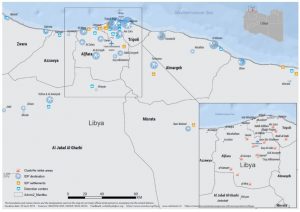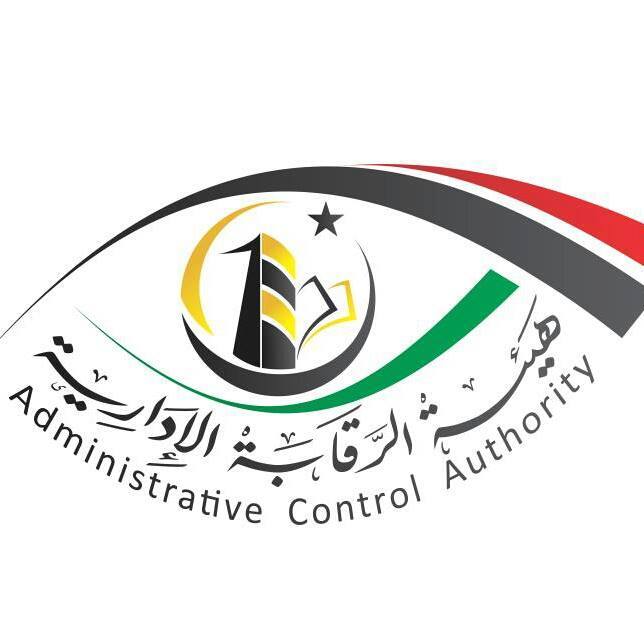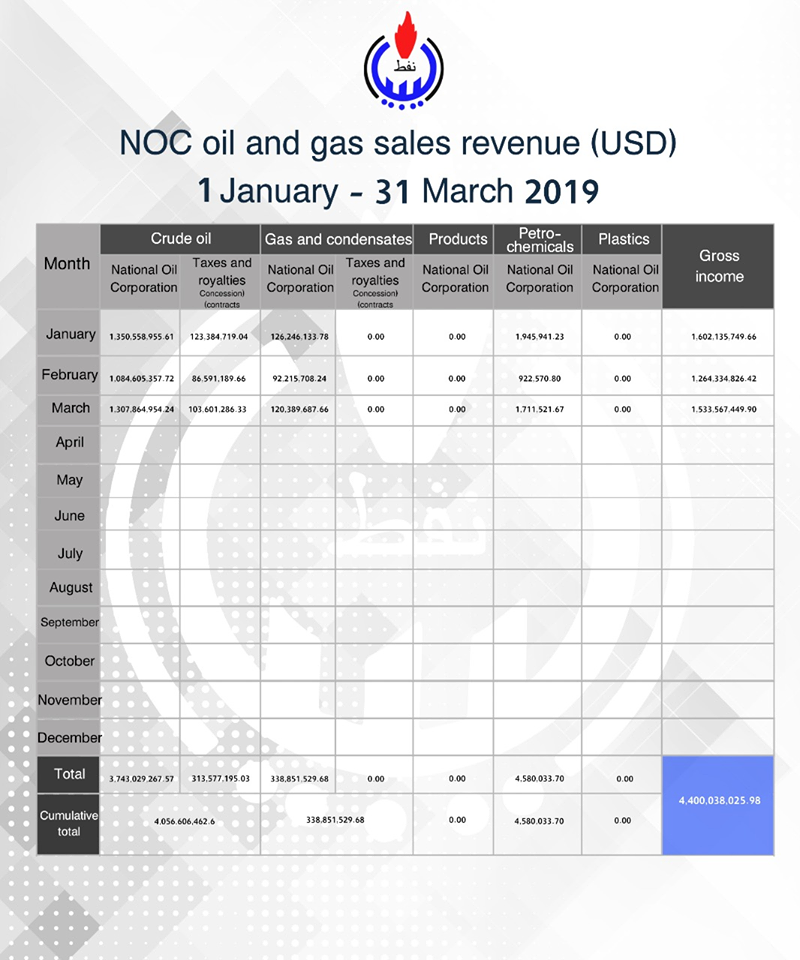By Sami Zaptia.

London, 27 April 2019:
About 1,700 IDP children have been reached with psychosocial assistance and more than 37,500 persons have now fled their homes as a result of the Tripoli around the borders of Tripoli, the latest UN Office for the Coordination of Humanitarian Affairs (OCHA) said yesterday.
The report says that there are at least 90 civilian casualties, including 21 verified fatalities since the beginning of the conflict. These casualties include medical personnel, women and children, and at least one foreign national. It also confirms that more than 37,500 persons have now fled their homes as a result of armed conflict.
The conflict has significantly affected the capacity of hospitals and primary health centres with some medical personnel leaving the health facilities, thus hindering the capacity of the health system to respond to increasing needs. Specialized health workers are particularly needed, the OCHA report said.
The report also bemoaned the fact that armed actors and security institutions have restricted freedom of movement and increased security check toward the civilian population. Individuals, including IDPs, originally from the east, have been particularly targeted due to perceived risk of military involvement or political affiliation, it added.
A humanitarian corridor to transfer 328 refugees and migrants was facilitated on 24 April by a number of Libyan and international aid agencies from the frontline area of Gaser Ben Ghashir detention centre to relatively safer Zawia detention centre.
The OCHA report confirmed that the transfer was conducted after 12 individuals were injured when ‘‘an armed group’’ entered the detention centre the on 23 April. All injured were transferred to hospital on 23 April.
It adds that this relocation is the fourth organized transfer since the recent escalation of conflict in Libya, with more than 825 refugees and migrants transferred from a number of detention centres in the past two weeks.
The report nevertheless says that concern remains high for some 3,300 refugees and migrants who remain trapped in detention centres close to the front lines. Five detention centres are in areas already engulfed by fighting. Six more are in close proximity to areas where the clashes are taking place. The situation in these detention centres is increasingly desperate with reports of guards abandoning their posts and leaving people trapped inside.
The Gharian detention centre has reportedly been without drinking water for days. The report says that the Khalifa Hafter-led Libyan National Armed (LNA) aligned forces are also reported to be located within the Gharian detention centre, threatening the civilian nature of the site and putting the detainees at even greater risk.
It adds that negotiations are currently ongoing to move more refugees and migrants who are currently in detention centres located in close proximity to the frontlines to safer areas.
With regard to humanitarian access, the OCHA report says that areas south of Ain Zara, Khalat Al-Furjan, Aziziya, Wadi Rabea and Gasr Ben Ghashir ‘‘remain largely inaccessible due to fighting and random shelling’’.
With regards to water, sanitation and hygiene needs, the report says that the populations affected by the conflict – including the approximately 37,600 IDPs in collective shelters and urban settings, the nearly 3,300 refugees and migrants detained in insecure areas and the unknown number of other civilians trapped by frontline fighting – struggle to access safe water for drinking and to meet basic hygiene and sanitation needs.









